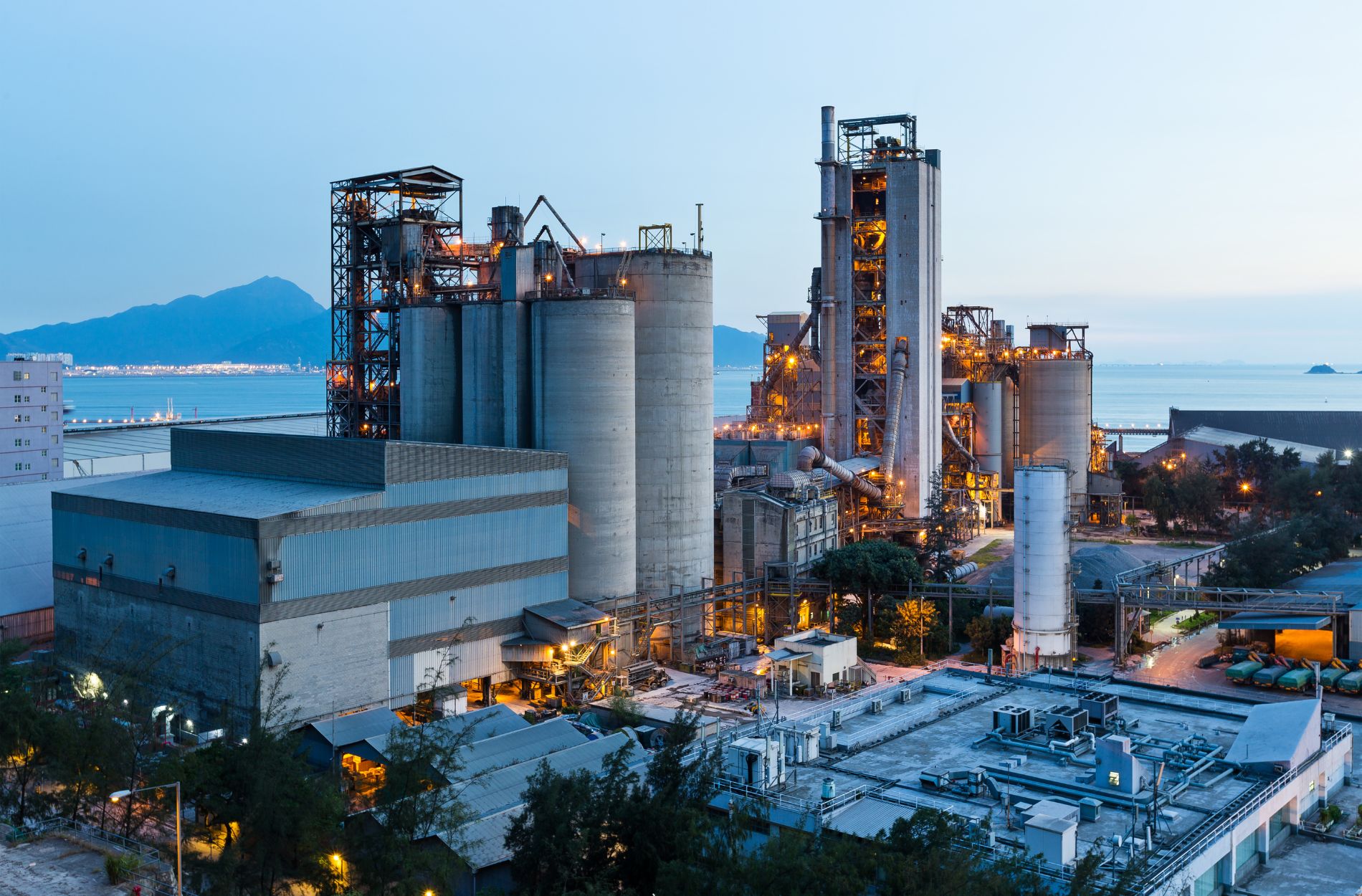
Industrial tank cleaning services play a key role in maintaining the efficiency and safety of storage tanks. These services are crucial for ensuring that tanks are free of contaminants, which can lead to operational issues or safety hazards if not addressed promptly. By keeping tanks in top-notch condition, businesses can avoid disruptions and extend the useful life of their equipment.
Understanding what happens during an industrial tank cleaning service can ease any concerns and help set proper expectations. Familiarity with the process can also highlight the value of professional tank cleaning, reassuring businesses of its impact on maintaining tank integrity and function.
The Preparation Stage
Before a tank cleaning service kicks off, there’s a critical preparation phase that sets the foundation for a successful operation. This stage involves several essential steps:
– Initial Inspection and Assessment: Trained professionals start by conducting a comprehensive inspection of the tank. This involves assessing the current condition and identifying any specific issues that need attention. By doing so, they gather vital information to streamline the cleaning process and address any hidden concerns.
– Planning and Scheduling: Once the inspection is complete, the next step is to outline a detailed cleaning plan. During this stage, logistics are handled to minimize disruption to the business’s operations. This includes scheduling the cleaning service at a time that suits the business, ensuring that any downtime is strategically managed.
– Pre-Cleaning Measures and Safety Protocols: Safety is a top priority during industrial tank cleaning. Before beginning the process, safety measures are implemented to protect both workers and the surrounding environment. This includes securing the area, checking personal protective equipment, and making sure all materials and tools are ready and safe to use.
The preparation stage is about laying the groundwork for a thorough and safe cleaning process. With careful planning and adherence to safety protocols, the stage is set for a smooth and efficient operation.
The Cleaning Process
Once everything is set and ready, it’s time to move into the heart of the service: the cleaning process itself. This is where the magic happens, turning tanks from grime-covered to gleaming. The process kicks off with a summary of the cleaning techniques that may be used. Depending on the tank type and the substances it holds, professionals may opt for high-pressure water blasting, chemical cleaning, or mechanical scrubbing. These methods are chosen based on effectiveness and safety, ensuring thorough cleaning without harming the tank.
Equipment and tools are vital to making this cleaning possible. These might range from high-powered hoses and nozzle attachments to specialised brushes and vacuum systems. Safety gear is always a priority, making sure everyone involved in the cleaning is protected from any hazards.
Here’s a general breakdown of a typical cleaning procedure:
1. Drain the Tank: Safely remove any remaining contents to prepare for cleaning.
2. Ventilation Setup: Ensure proper ventilation to prevent any harmful gases from accumulating.
3. Apply Cleaning Agents: Use the selected cleaning solution and method to break down build-up.
4. Scrubbing and Rinsing: Employ manual or mechanical scrubbing as needed, followed by a thorough rinse.
5. Final Inspection: Double-check the work done to ensure the tank is spotless.
Post-Cleaning Activities
Once the cleaning wraps up, attention shifts to post-cleaning activities. Rinsing forms the first step, ensuring every bit of cleaning agent and residue is washed away. This keeps the tank ready for its next use without contamination risks.
Following the rinse, a detailed inspection takes place to confirm that the tank meets cleanliness and safety standards. Documentation is then carried out to record the process and findings. This serves as a valuable reference, proving the work done and providing insight for any future maintenance.
Lastly, an essential part of the post-cleaning stage is advising on follow-up maintenance. Regular checks and a good maintenance routine go a long way in keeping tanks in great condition, reducing the frequency and severity of future cleanings.
Key Benefits of Professional Tank Cleaning
The benefits of a professional tank cleaning service stretch beyond just cleanliness. Ensuring operational efficiency comes first, as a clean tank works smoother and more effectively. It drastically cuts down the chances of unexpected hiccups that unclean tanks can cause, giving businesses peace of mind.
Reducing contamination risks is another positive. Clean tanks mean fewer surprises in terms of contaminants or by-products that could spoil the stored contents. And regular professional cleaning plays a part in extending a tank’s lifespan. Treat your tanks right, and they’ll serve you well for years to come.
Wrapping Up Your Industrial Tank Cleaning Experience
The whole process of industrial tank cleaning might feel intense, but knowing what to expect helps make it manageable. With all the steps laid out, businesses can appreciate the value and effort that goes into keeping their tanks in shape.
Remember, regular cleaning isn’t just a tick-off task. It’s a crucial part of maintenance that promises a seamless operation and long life for your tanks. Don’t overlook the importance of keeping up with this routine, ensuring you always get the best from your storage solutions.
Trust ATM Tanks to keep your operations running smoothly by learning more about industrial tank cleaning services. Discover how regular maintenance can benefit your business and ensure your tanks remain in optimal condition.
- How to Fix Leaks in Your Water Storage Tanks - December 14, 2025
- Effective Techniques for Thorough Tank Cleaning - December 14, 2025
- The Benefits of ROV Tank Inspections for Maintenance - December 14, 2025






